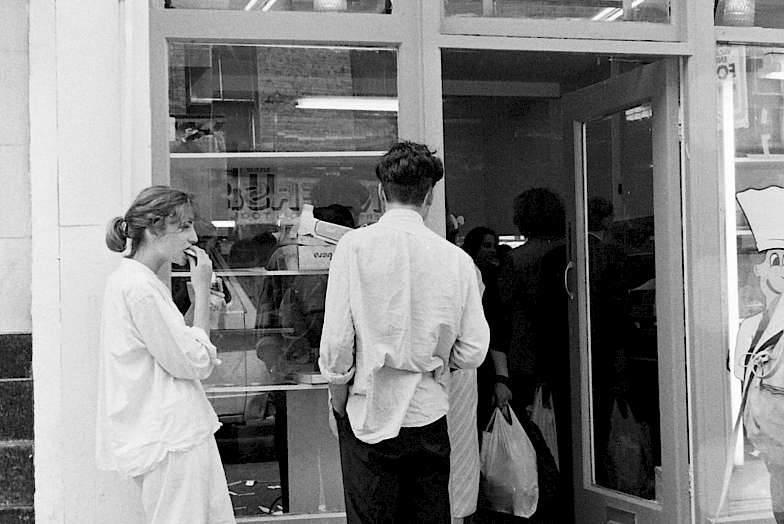
Making home: The world in Brick Lane
For centuries, Brick Lane has been a place of arrival and settlement for migrants from all parts of the globe, for whom this corner of East London became home.

Empire, trade, seafarers and spice
Bengali Brick Lane, and the curry trade, have their roots in the British Empire and the mass movement of peoples and goods around the world which accompanied the imperial project.
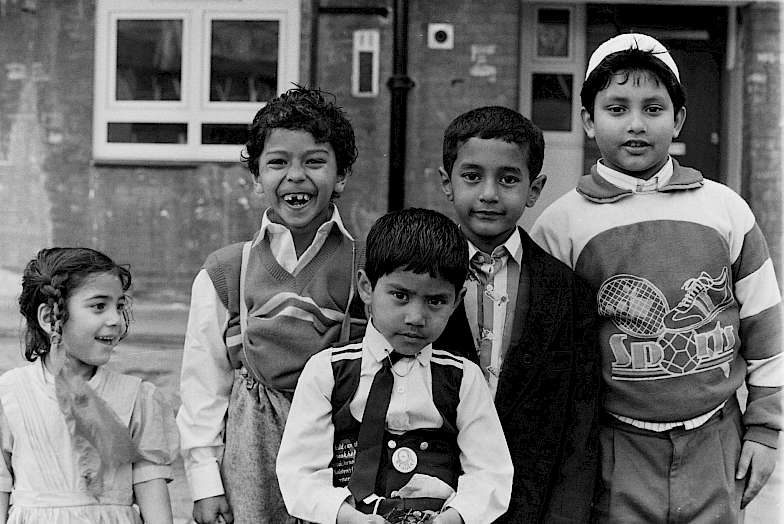
Independence, partition and post-1947 migrations
The largest numbers of Bengalis arrived in the area in the late 1950s and early 1960s, in the aftermath of India’s independence and partition.
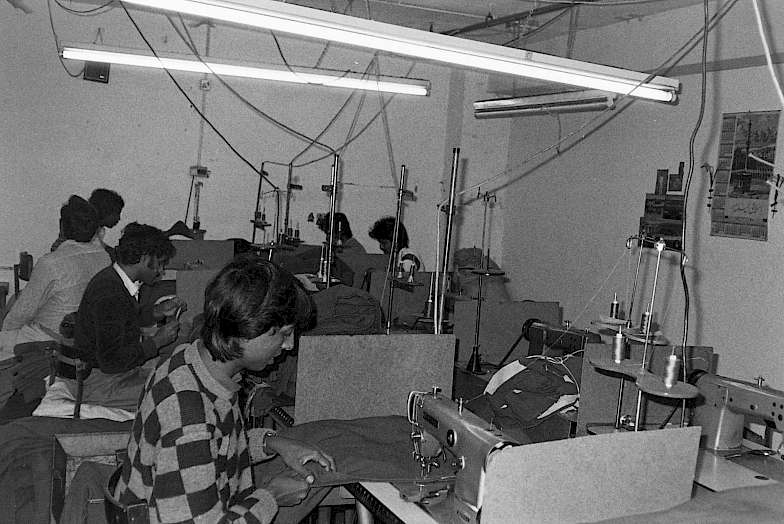
Working lives: from clothing to catering
Bengali migrants formed an important part of the East End’s clothing and leather manufacturing workforce. In the 1980s many turned increasingly to catering as an alternative livelihood.

Cookbooks, cafés and curry restaurants
Since the 1980s, the ‘Indian’ restaurant sector in Britain has been dominated by Bangladeshis, who make up an estimated 80% of the businesses and workforce.
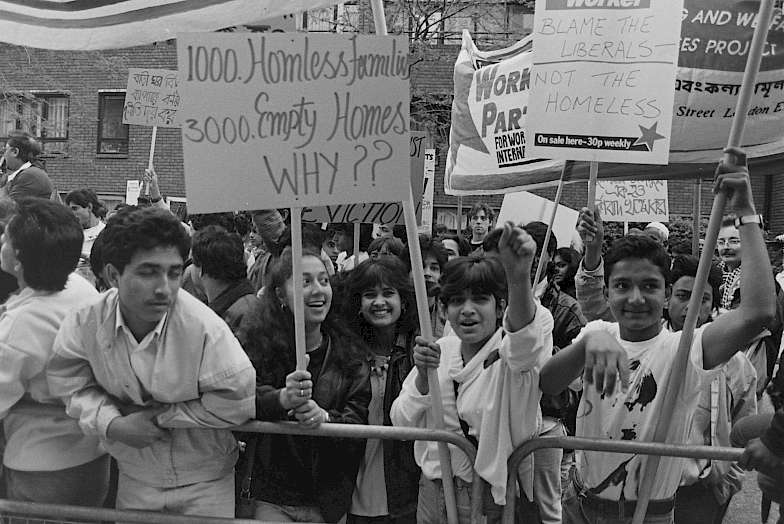
Politics, racism and resistance
The significance of Brick Lane for Bangladeshis who live and work in the area is centred on the struggle against racism that many of them had waged when they arrived in Britain.

The rise of 'Banglatown'
As the Bangladeshi community in and around Brick Lane grew and became more established in businesses and local politics, a new commercial concept called Banglatown emerged.
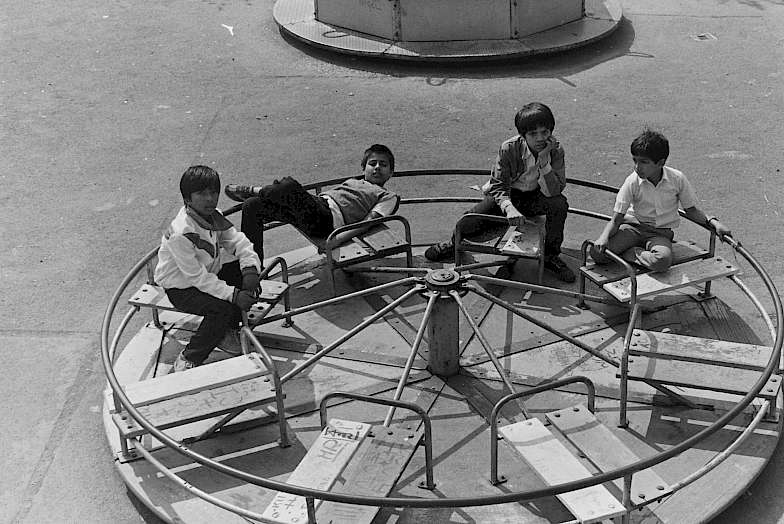
The decline of 'Banglatown'
Brick Lane's curry restaurants have rapidly declined in number. The years since 2008 have seen the eclipsing of Banglatown as part of a broader process of urban change and gentrification.
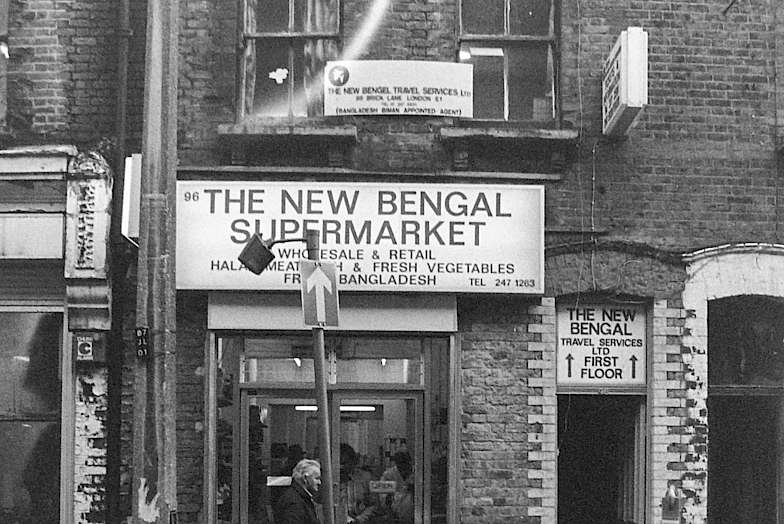
The future of Bengali Brick Lane
As the Banglatown concept and, with it, the Bengali identity of Brick Lane comes under increasing threat, the future of this community’s relationship with this iconic street is unclear.
